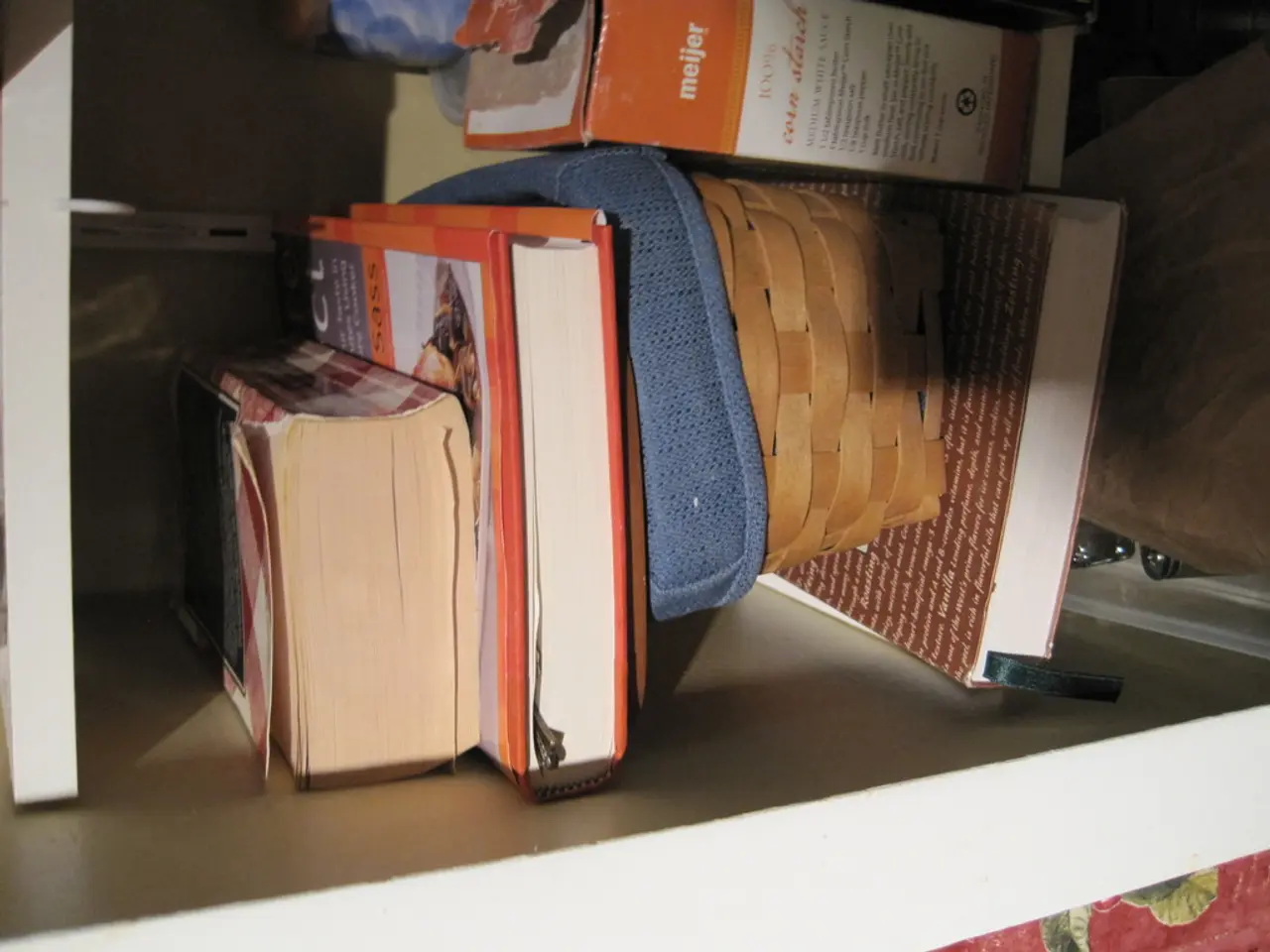Transform complex JSON data into Python format, then convert it back again
In the realm of Python programming, dealing with complex data structures is essential. One such format that is commonly used for data storage and transmission is JSON (JavaScript Object Notation). This article will guide you through handling nested JSON objects and arrays in Python, including custom object serialization and deserialization.
Serializing and Deserializing Nested JSON
To serialize nested objects in Python, you can use the function with the parameter. This allows you to specify a function that converts custom objects to dictionaries. For complex objects, you can either rely on or implement a custom method in your classes to control the serialized format.
Here's an example using a and class:
```python import json from typing import List
class Student: def init(self, first_name: str, last_name: str): self.first_name = first_name self.last_name = last_name
class Team: def init(self, students: List[Student]): self.students = students
student1 = Student("Geeky", "Guy") student2 = Student("GFG", "Rocks") team = Team([student1, student2])
json_data = json.dumps(team, default=lambda o: o.json(), indent=4) print(json_data)
dict_data = json.loads(json_data)
def dict_to_team(d): students = [Student(s['first_name'], s['last_name']) for s in d['students']] return Team(students)
decoded_team = dict_to_team(dict_data) print(decoded_team.students[0].first_name) # Outputs: Geeky ```
In this example, tells how to handle custom objects during serialization by calling a defined method (). On deserialization, convert nested dictionaries back into custom objects using helper functions.
Recursive Parsing
When the structure is deeply nested or unknown in depth, use recursion to traverse nested dictionaries and lists for processing or flattening. This approach ensures proper handling of complex nested JSON structures and custom Python objects in both serialization and deserialization processes.
Additional Notes
- To parse unknown nested JSON safely, a recursive parser can be used to navigate or transform the data structure.
- When dealing with externally sourced JSON that might miss keys, use with defaults to avoid errors.
- For more advanced use cases like distributed computing, frameworks (e.g., Pyro) provide hooks to register custom serialization/deserialization handlers for complex objects, but these involve security considerations.
JSON is often used in web APIs, configuration files, and databases. It stands for "JavaScript Object Notation" and is a lightweight, language-independent format for storing and transferring data. In Python, JSON is widely used to store data in files or exchange data between systems.
Read also:
- Brand-new Tesla Cybertruck fails after 70 miles, owner comments: "Glad it malfunctioned, easier to tackle issues at the outset"
- xAI's Grok encounters another pause as users prompt it to provide opinions on the ongoing Gaza situation
- Barnes & Noble teams up with Appcelerator for a collaboration
- Gadgets and Tech Essentials to Outshine Your Studies in the Upcoming Academic Term




